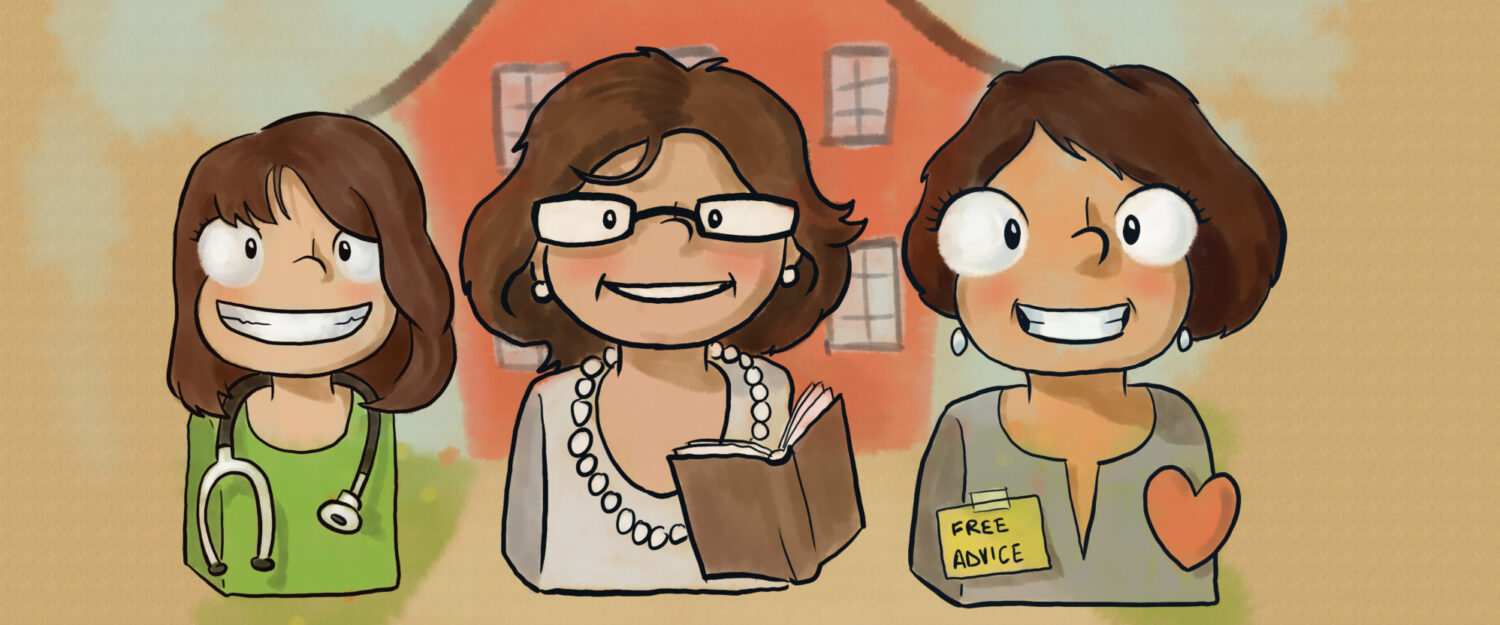The choices teens make directly influence their physiological and emotional feelings. While this is true for people of all ages, teens are particularly impacted by the choices-feelings relationship. Why? Teens are at a pivotal point in their lives when they develop a sense of identity, align more frequently with peers, and make more decisions independently.
Knowing this, it stands to reason that if teens want to feel better, they can begin by analyzing their decisions to see if their choices inadvertently contribute to why they feel bad, whether it be a headache or anxiety, a stomach ache or anger. Sure, examining choices may not completely eliminate unpleasant feelings, but it might help! At the least, it may decrease the intensity of the unpleasant physical or emotional symptoms teens experience.
THE IMPORTANCE OF TEENS LEARNING THE RELATIONSHIP BETWEEN THEIR CHOICES & FEELINGS
Understanding the relationship between choices and feelings is an important skill to learn and use, especially during the teenage years. A teen may think, “My yucky, uncomfortable feelings are not due to me. Something outside my control is causing them,” or “Most of my unpleasant feelings are a result of what someone else is doing (or not doing)!”
It may be true. A teacher may be unfair to a student. A parent may be unwilling to let their teen do something they want to do with friends. A coach may cut a player from the team. Another student may say something mean about their classmate. Someone may break up with the person they have been dating. A teen may have to move to a new house and go to a new school. Parents may divorce. Someone in their home may be battling an addiction. This list could go on and on. The point is that regardless of what happens, the teen gets to decide how they handle these challenging events.
Middle and high school years can be full of conflict at school and home. Navigating these conflicts and challenges in a healthy manner ensures the teen does not inadvertently create more problems along the way.
TAKING CONTROL OF FEELINGS BY TAKING CONTROL OF CHOICES
Life happens. But we are not solely at the mercy of what happens to us. We can choose to make the best of any situation, even the most difficult ones. Take the famous quote by Viktor Frankl,
“Everything can be taken from a man but one thing: the last of the human freedoms—to choose one’s attitude in any given set of circumstances, to choose one’s own way.”
This compelling quote becomes even more powerful when we consider that Frankl survived three years of captivity in a WWII concentration camp, during which time his parents and wife died. As Frankl poignantly said, we control ourselves–our attitudes, actions, words, and thoughts.
Teens, honestly people of all ages, often unconsciously think and do things to perpetuate their sadness, anger, worry, or other uncomfortable feelings. Their negative and unhelpful thoughts and actions fuel these feelings. Maybe it is appropriate to be angry or sad, but the feeling has lingered longer than necessary or is more intense than warranted. When people decide to lessen the duration or intensity of an uncomfortable feeling, changing their actions and thoughts are two keys to how this happens.
CHANGING FEELINGS BY LEARNING HOW TO CHANGE THOUGHTS & ACTIONS
Teens are at an ideal age to learn about the relationship between choices and feelings. They quickly comprehend how their thoughts and actions contribute to positive and negative feelings. Using these six 30-minute mini-lessons, teens explore how their thoughts and actions affect their feelings. They learn about stinkin’ thinkin’ and develop individual plans to identify ways to think and act differently when they want their feelings to change. Teens are empowered to take control and ownership of their feelings.
Rooted in William Glasser’s Choice Theory and Reality Therapy concepts, the lessons are “ready to go” and contain multiple activities and worksheets to keep teens engaged. The accompanying student slideshow is scripted for the facilitator. These lessons are appropriate to use as a whole-class SEL lesson in school or with a teen during an individual counseling session.

Want more? This blog post and the lesson, CONFLICT RESOLUTION – An SEL Activity for Processing & Resolving Conflicts, visually show students how their choices in a conflict can either escalate or de-escalate the situation.
